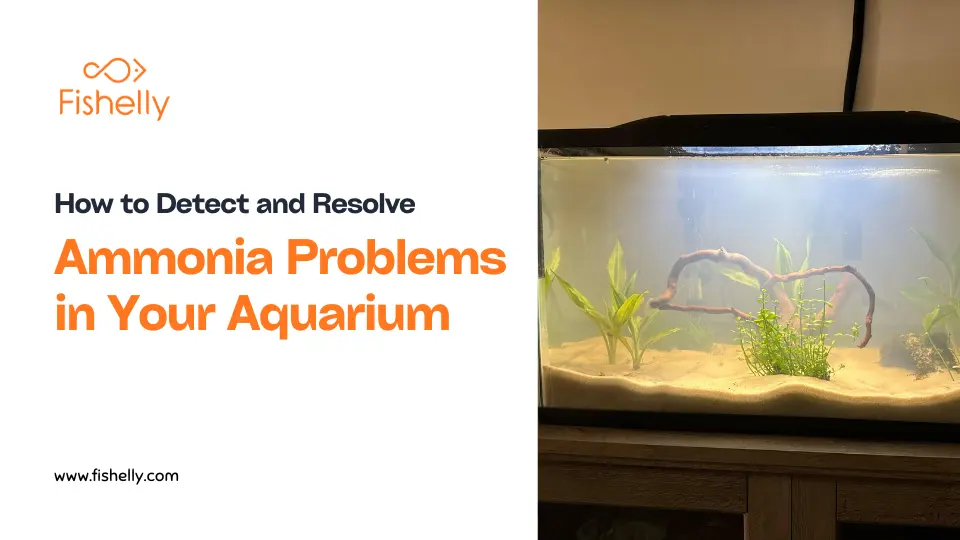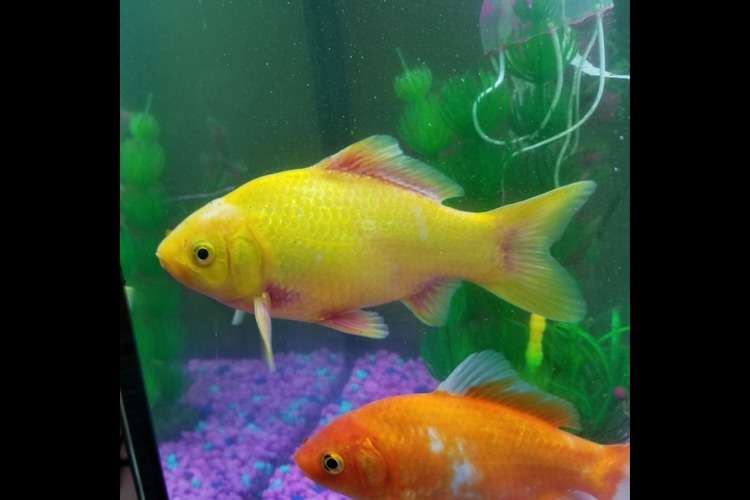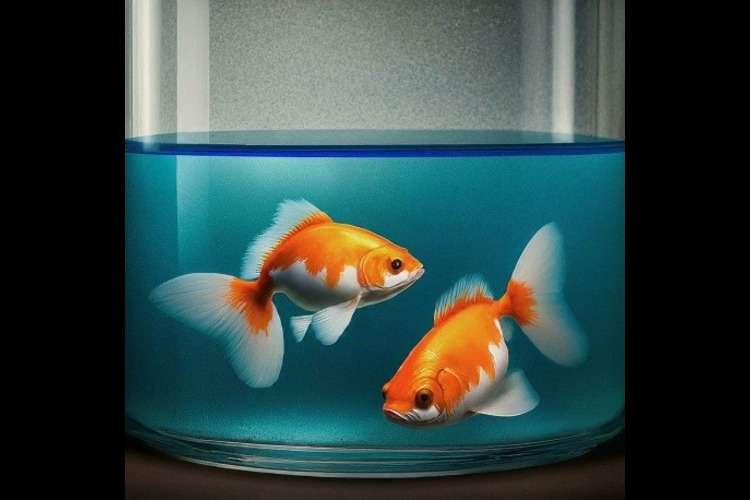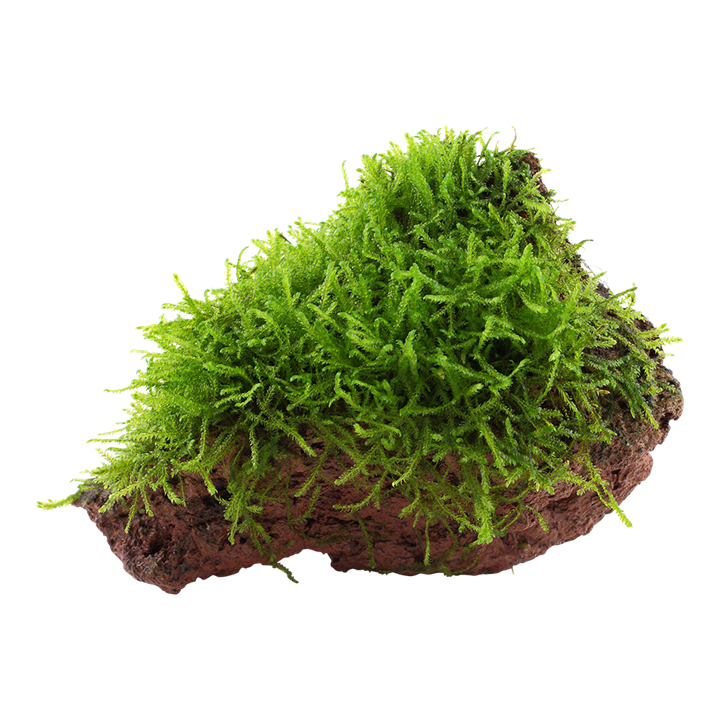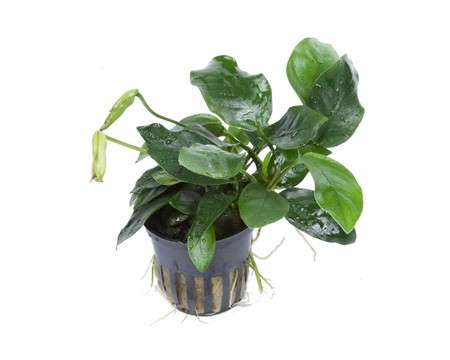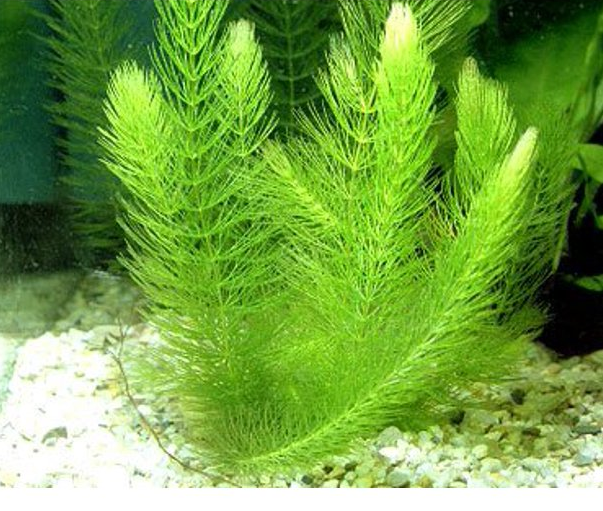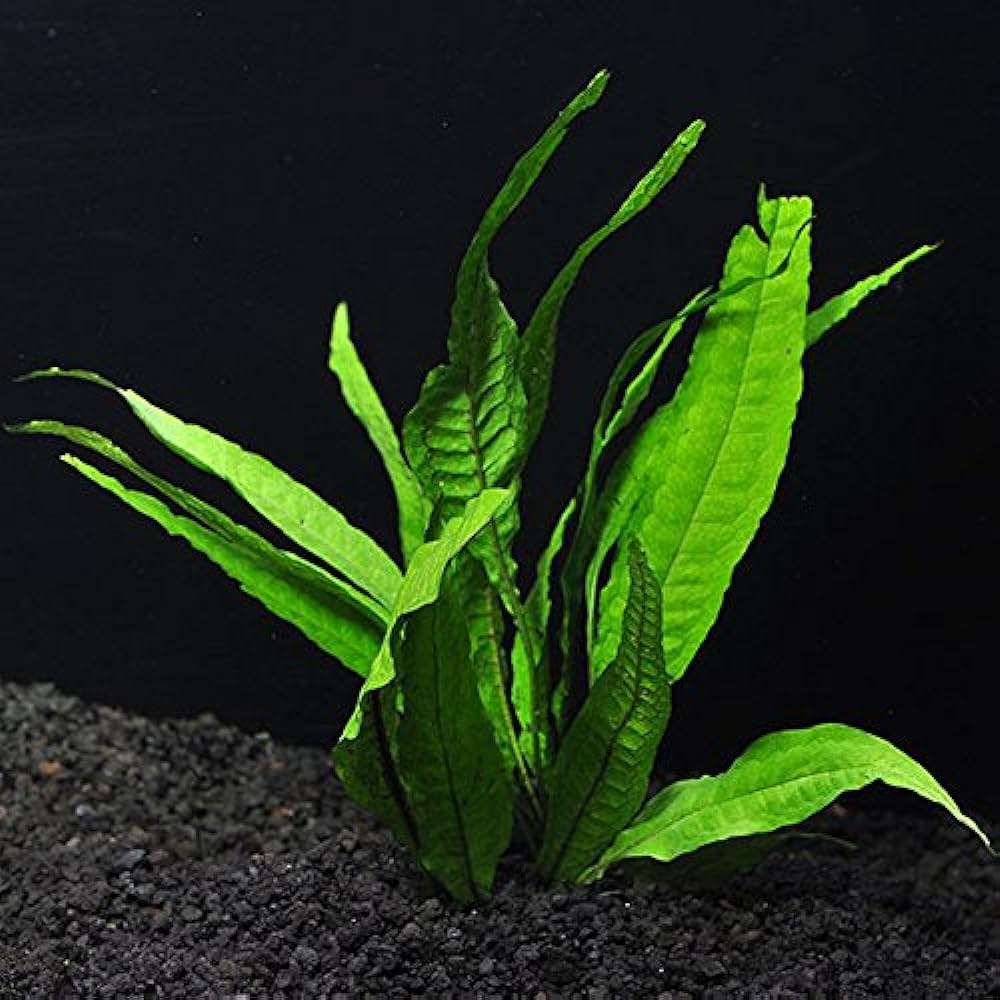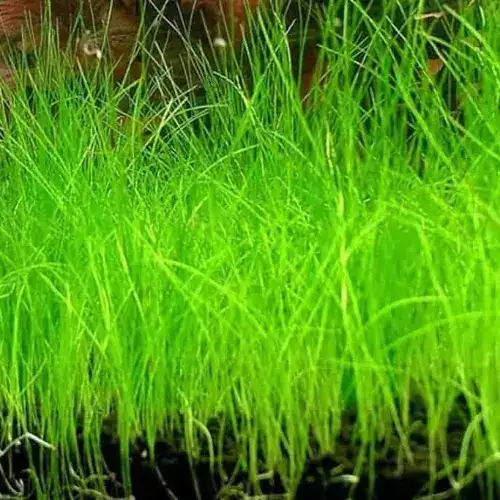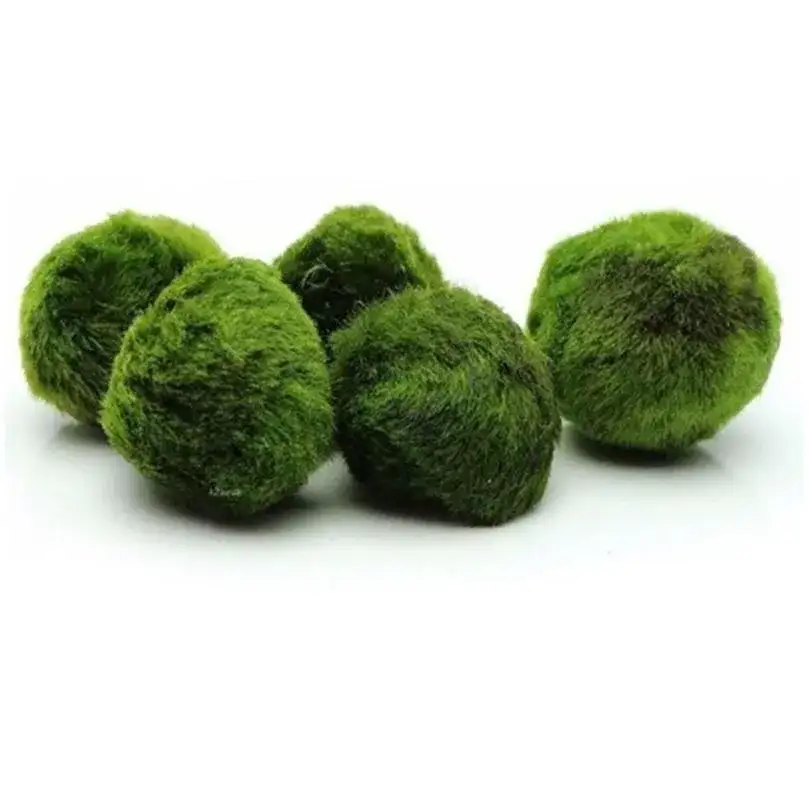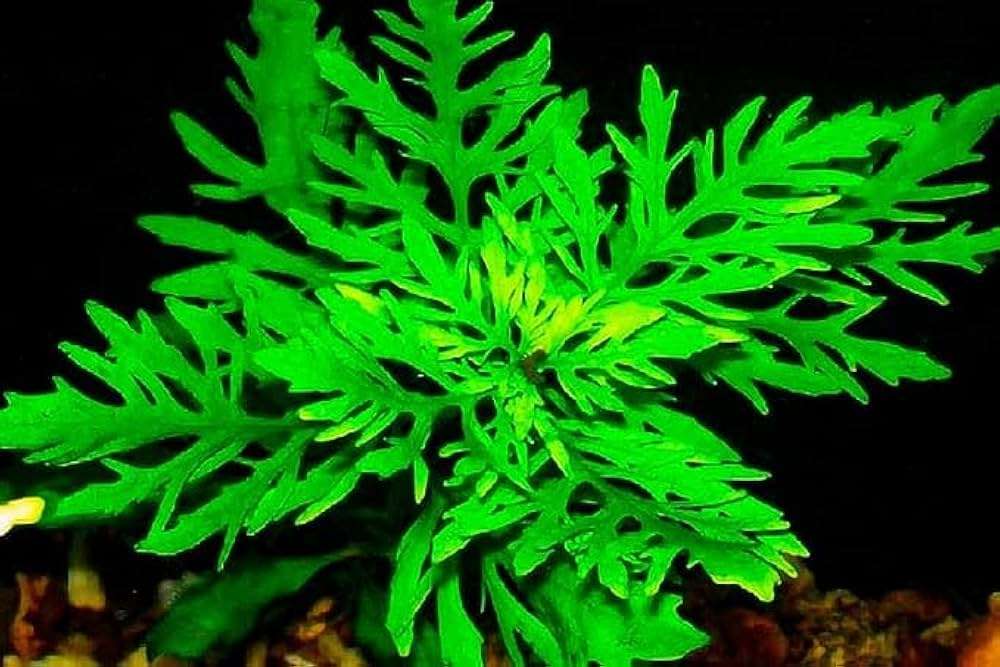How to Detect and Resolve Ammonia Problems in Your Aquarium
Ammonia problems in your aquarium can harm your fish. Learn how to detect and resolve ammonia issues through water testing, filtration, and prevention tips for a healthy tank.
Table of Contents
- What is Ammonia?
- Signs of Ammonia Problems
- Testing for Ammonia in Your Aquarium
- Correcting Ammonia Problems
- Preventing Ammonia Buildup in the Future
- Faq
- Conclusion
What is Ammonia?
Ammonia is the chemical substance produced from fish body waste or organic matter-like uneaten food. The ammonia concentration in an aquarium can shoot up really fast if the filtration system is malfunctioning or if there is excessive accumulation of waste matter. At high concentrations, ammonia damages the fishes, damaging their gills, skin, and fins. They also exhibit stunted growth and become weaker immunologically.Signs of Ammonia Problems
In order to prevent a hazardous environment for your fish, signs of ammonia problems must be checked immediately. These include:Change in fish behavior: Your fish swims erratically, gapes air at the surface, or behaves lazy.
Change in coloration or skin of the fins: Ammonia can poison the fishes making the fins or the skin pale or burnt.
High Mortality Rate of the Fishes: The high ammonia level is causing death, especially of sensitive species.
Unpleasant Odor: Ammonia has an obnoxious smell which may be perceived as the concentration is increased.
Testing for Ammonia in Your Aquarium
The best way to know whether the ammonia level is high is through testing the water. You can use a liquid test kit or ammonia test strips available at most pet stores. There usually comes with a color scale allowing you to guess the ammonia concentration.Liquid Test Kits: More accurate. You add a few drops of a reagent to a water sample, shake the vial, and then match the color produced to a chart.
Ammonia Test Strips: Convenient but not as accurate as liquid kits. You dip the strip into the water and match the color change to the guide.
Tip: Always test ammonia frequently, especially when cycling a new tank or after a water change.
Correcting Ammonia Problems
Once ammonia has been detected in quantities it should not be at, correction needs to be done immediately. This is how to correct the problem:Perform a water change: Replacing at least 25-50% of the water is one of the fastest methods to dilute and reduce ammonia concentrations.
Better Filtration: Make sure your aquarium filter is cycled efficiently and in the correct ratio to the size of your tank. Upgrade your filter or incorporate additional filtration as the setup you have is not working enough to keep ammonia from rising.
Increase Oxygenation: Proper oxygenation will help the bacteria in both your filter and substrate digest ammonia into less harmful substances. Add an air pump or increase water agitation at the surface.
Add Beneficial Bacteria: Add bacteria supplements or additives designed especially for aquariums. They may assist you in establishing or improve the biological filter, which is the process of converting ammonia into nitrites, and then nitrites to nitrates that are less toxic.
Clean out Debris and Unconsumed Food: Do not let your water hold on to leftover food, dead plant debris, or other dying organic matter. These will probably break down and contribute to ammonia production.
Limit Feeding: Overfeeding is one of the most common reasons for ammonia spikes. Fish only need to be fed what they can consume in a few minutes, and uneaten food should be removed promptly.
Preventing Ammonia Buildup in the Future
To prevent future ammonia problems, consider the following steps:Keep the Biofilter Healthy: The biological filter (good bacteria) in your tank is actually what breaks down ammonia. Clean out your filter media regularly without changing it altogether and make sure you have sufficient surface area for the formation of bacterial colonies.
Avoid Overstocking Your Tank: Since the greater number of fish inhabits the tank, this results in high levels of waste, thereby increasing ammonia. Stock your tank wisely taking the type of fish and waste it produces.
Test the Water Regularly: You can't wait until ammonia-related problems reach dramatic proportions. Test for ammonia on a regular basis, ideally weekly in a high-bioload or newly set up aquarium.
TANK CYCLE PROPERLY: New tanks will go through what is commonly referred to as "tank cycling" beneficial bacteria will have the opportunity to colonize in the filter and digest toxic compounds such as ammonia. Just be patient and monitor ammonia in the meantime.
Use Ammonia Removal Products: If your ammonia level continues to climb even using the steps mentioned above, you can utilize ammonia-removing products, for example, filter media that contains chemicals or detoxifiers, to temporarily reduce ammonia while you're working on the root cause.
Faq
1. What is aquarium meditation?
Aquarium meditation uses the calming effects of an aquarium—fish, water movement, and sounds—to practice mindfulness and reduce stress.
2. How does an aquarium help with mindfulness?
The soothing visuals and sounds of an aquarium help you focus on the present moment, calming your mind and enhancing awareness.
3. How long should I meditate?
Start with 5-10 minutes, then extend as desired.
4. What kind of fish are best?
Slow-moving, peaceful fish like bettas, guppies, or goldfish.
5. Do I need special equipment?
Soft lighting, aquatic plants, and a clean tank enhance the experience.
6. How does it help emotional balance?
The steady rhythm of fish promotes calm, patience, and emotional stability.
7. Can I meditate in any aquarium?
Yes, but a clean, peaceful tank with calming fish is ideal.
8. How often should I practice?
Aim for a few minutes daily for consistent benefits.
